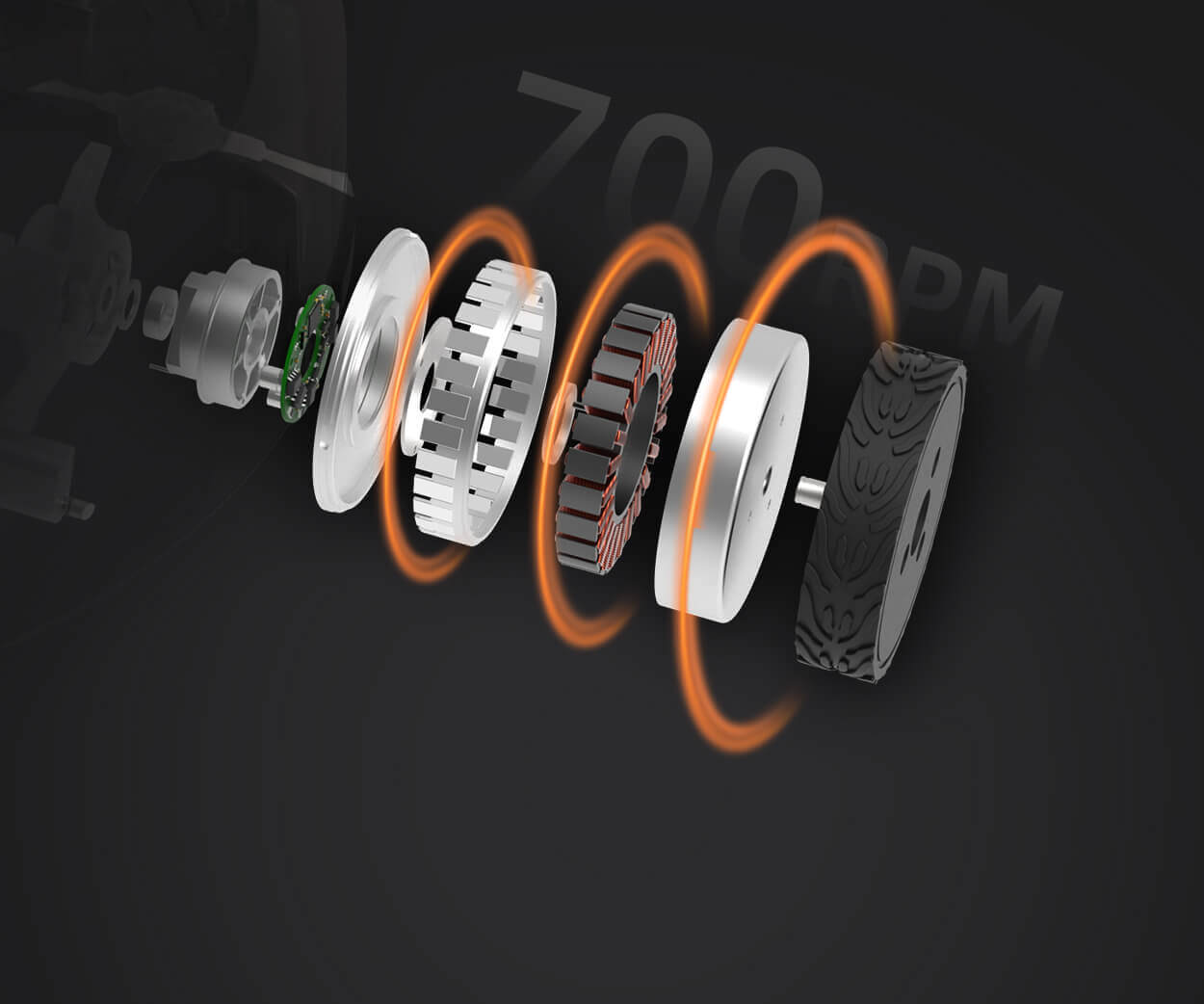When it comes to building the next generation of robots, there are certain components that make all the difference. One of those is the spherical joint. You might have heard of it or seen it in action, but do you really know how it works or why it's so important?

A spherical joint, also known as a ball-and-socket joint, is a key player in the movement and flexibility of robotic arms and other mechanisms. Think about it like a human shoulder joint. It allows a range of motion that you wouldn’t get from more traditional hinge joints, giving robots the freedom to perform more complex tasks.
The beauty of spherical joints is their design. Imagine being able to rotate, tilt, or pivot in almost any direction, all within a single joint. This is exactly what spherical joints allow robotic systems to do. Whether it's reaching out to grab something or moving in tight spaces, a spherical joint can provide that crucial, versatile movement.
But here's the catch: not all spherical joints are created equal. The materials, precision, and build quality all play a huge role in how effectively the joint works in real-world applications. Poorly made joints can result in sloppy movements, reduced durability, and failure in high-demand environments. That’s where choosing the right manufacturer comes in—companies like KPOWER have honed the craft of making high-quality spherical joints that are durable, precise, and reliable.
Let’s think about some examples where spherical joints really shine. In industries like medical robotics, surgical tools need to move with pinpoint accuracy and flexibility. A spherical joint allows these tools to navigate around sensitive areas with ease, offering both stability and freedom. Similarly, in the automotive industry, robotic arms equipped with spherical joints can assemble parts with more fluid motion and less wear and tear on the equipment.
Some people might ask: "Are spherical joints only for high-end applications?" Well, not really. While they’re obviously perfect for precision work, they’re also great for simpler, everyday tasks. Robots used for assembly lines, packaging, or even domestic cleaning can benefit from the flexibility and smooth movement that spherical joints offer. The key here is that spherical joints increase a robot's range of motion and help it do its job better, no matter the complexity of the task.
If you’re still on the fence about how to make the most of spherical joints in your robotics setup, consider this: flexibility leads to efficiency. If your robot can move in multiple directions with precision, it can perform a wider range of tasks without additional parts or complex configurations. That’s the kind of efficiency that saves time and costs.
As robots become smarter and more capable, every little component counts. The spherical joint, while small, makes a huge impact on how your robot will perform. For a smoother, more efficient robot, don’t overlook the importance of this vital component.
In the ever-evolving world of robotics, it’s not just about building something that works; it’s about building something that works well. And when it comes to building robots that move seamlessly and precisely, spherical joints are your best bet.
Kpower has delivered professional drive system solutions to over 500 enterprise clients globally with products covering various fields such as Smart Home Systems, Automatic Electronics, Robotics, Precision Agriculture, Drones, and Industrial Automation.




































